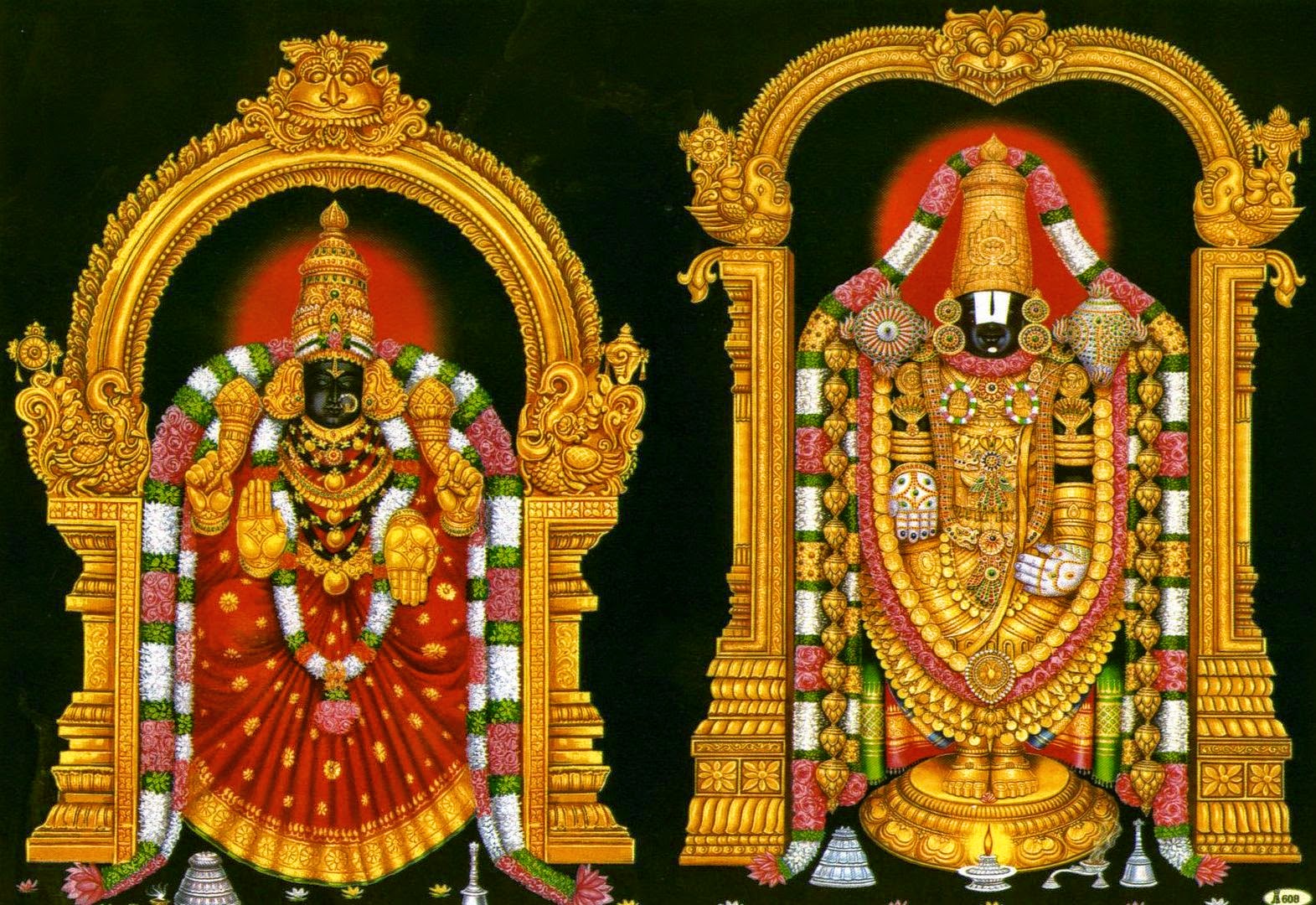The Tree of Life -3.7: Swami Krishnananda.
Swami Udit Chaithanya:
28/11/2019
It was amazing to watch the children doing Vidya Pooja with so much of devotion on the last day at Vairamkode.
===============================================================
Sunday, 21 Jan 2024 06:45.
Discourse 3: Severing the Root of this Tree of Life - 7.
================================================================
The forms of experience which are the objects of the mind are the bondages which confine everyone to the processes of life called samsara, which is equated with suffering. This is the tree which the Bhagavadgita expects us to cut at the very root—the tree of phenomenal experience. Asanga is supposed to be the methodology to be adopted. We should not be attached to anything.
Leaving aside the other more intricate teachings of the systems of yoga for the time being, we may take for our present consideration what this anasakti means. It appears to us that this is hammered into our minds again and again by the Bhagavadgita. We cannot detach ourselves from anything unless we are simultaneously attached to something else. The mind cannot be in a vacuum. We cannot ask the mind to lose everything, and give nothing to it. This is not possible. Therefore, to imagine that we can vacate the mind of all thoughts and keep it absolutely blank is a foolish idea.
We cannot keep it absolutely blank. If someone asks us what we are thinking, we may answer, “Nothing. I am thinking nothing.” The idea that we are thinking nothing is itself a thought, so how can we say that we are not thinking anything? Even when we say we will not do anything, we have already done something because the very idea of not doing is an action of the mind. So na hi kaścit kṣaṇam api jātu tiṣṭhaty akarmakṛt (B.G. 3.5): No one can exist for a moment without some kind of action. Everyone is psychologically engaged in action, which is real action. Physical action is no action if the mind is detached from it.
Hence, to be detached, to be anasakta, to be able to sever the root of this tree of life, a positive method has to be adopted. Unless we are sure that we have gained something superior, or at least there is a prospect of gaining something noble and high, we will not be able to withdraw ourselves from something else. We cannot expect to lose everything and be nothing. That is an impossibility.
Therefore, the Bhagavadgita, being conscious of this psychological secret at the base of human nature, says tataḥ padaṁ tatparimārgitavyaṁ (B.G. 15.4): You have to pursue this great goal simultaneously; yasmin gatā na nivartanti bhūyaḥ: having reached which, there will be no return to the sorrow of phenomenal life. Once we wake up from our dream, we need not experience it again. We are happy that we have woken up. Who would like to enter into the sorrows of the dream world once again? A tiger might have been attacking us there. Well, the tiger is gone, by God's grace, because the experiences in dream and waking are so constituted that while the one inheres in the other in the degree of their expression, they differ from each other.
===============================================================
To be Continued
================================================================











Comments